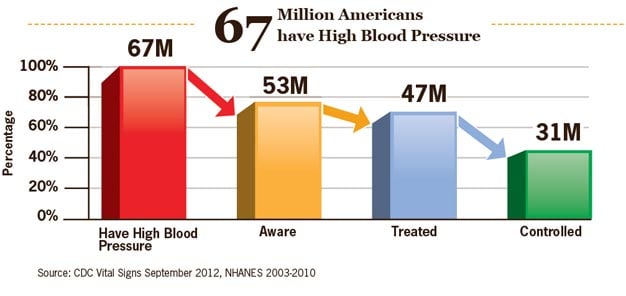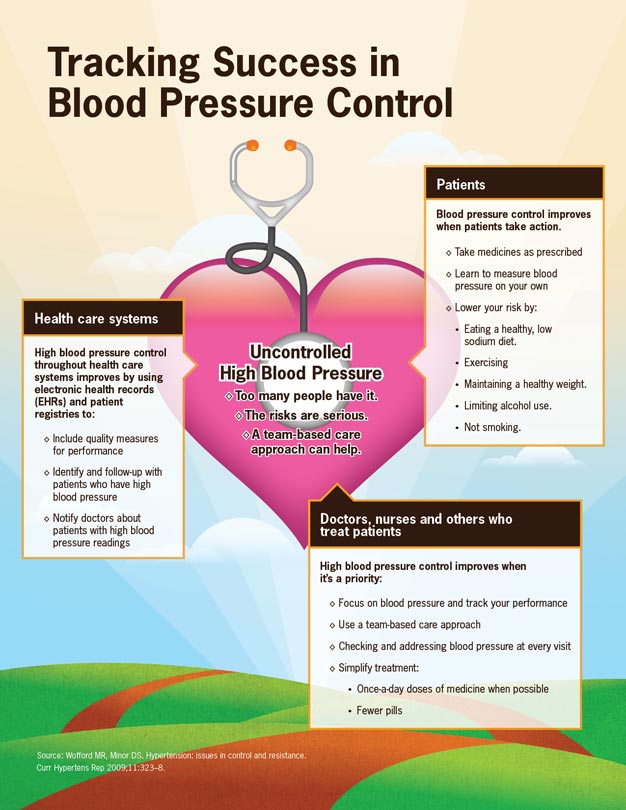An emergency can happen anywhere and anytime. And while you can usually expect some help from emergency response officials, it might not come right away.
That's why it's critical that everyone take steps to protect themselves and make sure they can stay safe and healthy if help isn't around. If you're living with a disability, there are a few extra tips you should keep in mind to get prepared.
The basics:
A good place to begin your preparedness journey is with information. What kind of disaster is likely to happen in your community? Do you live in an area prone to tornadoes or floods? Knowing what's likely to happen will help you design an effective plan. For example, if you live in a community at risk for hurricanes, how will you evacuate? Are there nearby shelters that can accommodate your needs?
Communication is a preparedness must. Talk with friends, family or those in your support network about problems you may encounter in an emergency. Talk about whether you'll need help and how everyone will stay in contact.
Also, you may have trouble hearing, seeing or understanding official warnings. So take steps now to stay in the know. For instance, if you have a visual disability, make sure you have a battery-operated radio. If you have a hearing disability, learn whether local emergency systems can interact with TTY or Internet-based relay services.
Talk about specifics and write down a plan. Consider giving those you might depend on keys to your home. Also, show them how to use any assistive equipment. Write down detailed instructions for them. Make sure they've met and are comfortable with your service animal.
The specifics:
Having a preparedness plan means having an emergency preparedness stockpile.
Your stockpile should include some basic items:
• A three-day supply of water and non-perishable food
• Food and water supplies for your pets and service animals
• A flashlight
• Extra batteries
• A manual can opener
• A first-aid kit
It's a good idea to put together a portable kit you can take with you if told to evacuate.
Now, think about how a loss of electricity will impact your daily activities and whether you might need to purchase a generator. But be sure to talk to your utility company first. It is sometimes illegal to connect a generator to your home's wiring. You can also ask whether your utility company offers priority reconnection services for people with disabilities.
Talk to your doctor about getting extra medication for your stockpile. It's a good idea to have at least a week's worth of medication with you at all times. Also, make sure your emergency contacts have contact info for your doctors, are aware of the medications you take and know when you need to take them. Put copies of your medical records in your portable emergency kit.
Some other items to consider for your emergency stockpile might include:
• A tire patch kit if you use a wheelchair, or an extra battery if you use a motorized wheelchair or scooter.
• Extra batteries for your hearing aid.
• An extra cane.
• A talking or Braille clock with extra batteries.
• Extra eyeglasses.
• Pencils and paper, particularly if you have hearing impairments.
• Step-by-step instructions for yourself on what to do in an emergency, particularly if you have a cognitive disability.
Consider contacting local officials about how they can help you. Many local emergency response agencies offer special services for residents with disabilities, but you need to be officially registered.
Practice!
Practicing makes a difference.
Schedule practice sessions for yourself and those in your support network. Pick different emergency scenarios and evaluate where you can make improvements. And don't forget to celebrate your successes as well!
Also, remember to check your stockpile regularly and switch out any expired food and medicines.
Content from the American Public Health Association



